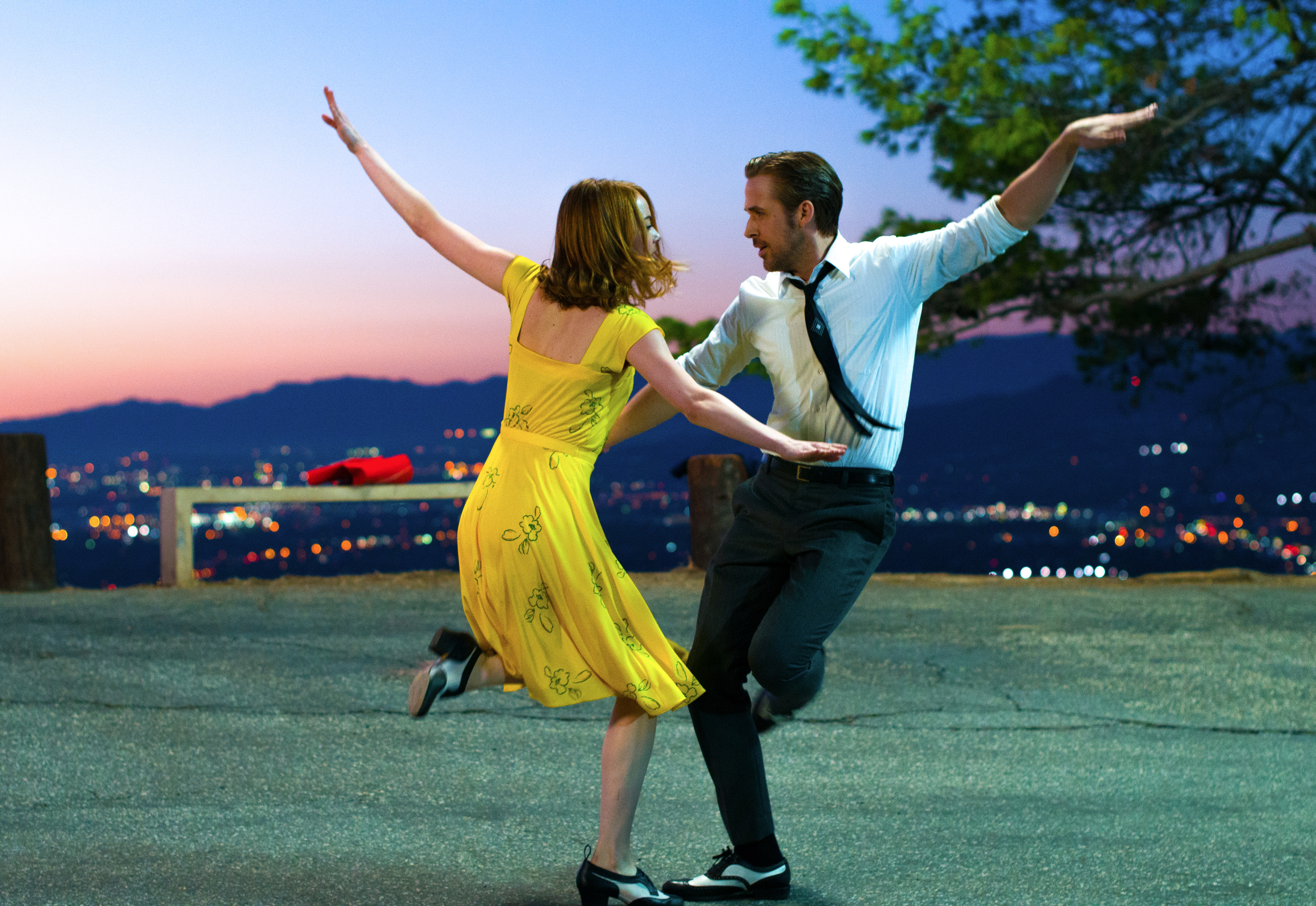Despite some rough seas for the film industry, there were some hidden gems
The year 2016 came and went like a hurricane, leaving many dumbstruck film fans from the unusually high list of casualties within the film industry. But, as hurricanes do, the year also washed ashore hidden gems and treasures—let’s look at the ones to be most thankful for.
- Paterson
Who, other than Jim Jarmusch, could have made a film this quiet, profound, ironic and heartfelt about a bus driver whose uneventful existence is enriched only by his poetry writing, which, perhaps, no one will ever read? Adam Driver nails the part, making a return to independent filmmaking after becoming a household name for his role in Star Wars: The Force Awakens. This one is about as far from intergalactic warfare as you can get. So if you’re currently feeling any Jedi and superhero fatigue—hop right in.
- 10 Cloverfield Lane
This is a loosely-connected sequel to the 2008 found-footage film, Cloverfield. No one saw it coming and few wanted it until it was here, yet what a pleasant surprise it turned out to be. A tense and claustrophobic mystery-drama, it improves upon the marketing-savvy original on every possible level. It plays out like a feature-length version of a Twilight Zone episode. You walk into it lost and wide-eyed, much like the film’s heroine, and even when you think you have the story figured out, you don’t. You never want to blink as you watch John Goodman’s sublimely ambiguous and terrifying character lead you through the rat maze.
- Finding Dory
Now here’s a sequel that few saw coming but everyone wanted. So did it live up to the original? Maybe not, but, like Monsters University in 2013, it offers a sweet reunion with characters we grew up loving. It’s not so much a continuation as it is a side story, told with the usual winning ingredients of a Pixar film: as-yet-unsurpassed animation and uproarious humour and emotion that creeps up on you before you know it.
- Hail, Caesar!
This is a Coen brothers film, so you can expect things to be more complicated than they appear. Senselessly over-complicated even, to the continued incredulity of the characters. Whether you want to contemplate the philosophical questions buried within the texture of the film or simply enjoy it as a zany period comedy is entirely up to you. Either way, it is great fun—a loving look at 50s Hollywood in which the Coens contemplate cinema as something of a religion. The cast is simply phenomenal, with George Clooney and Alden Ehrenreich as world-class idiots.
- Midnight Special
Many of last year’s most interesting films are united by a deep-seated nostalgia for cinema’s past. Some take their inspiration from the 50s and 60s. Others, like this one, are a clear throwback to the early Spielberg blockbusters of the late 70s. In other words, the people who are used to saying “They don’t make them like that anymore” must have rested relatively easy. Midnight Special is a smart sci-fi film, one that focuses on human drama instead of becoming a special effects extravaganza. Just the way it should be.
- The Student
A Russian film that hasn’t been seen much yet outside of the festival circuit, The Student offers a brutally honest look at religion in a once-atheist country. Filmed as a simple, if bleak tale of radicalization spreading uncontrollably in a society suspicious of rational thought, the film remains cool-headed and close to life even in its most surreal passages.
- American Honey
Speaking of cinematic experiences, few were as intensely engrossing and immersive as this one. A nearly three-hour epic road trip shared with a group of young outcasts, American Honey feels unscripted, with one choice leading naturally to another. Here’s a world of vibrant colours and infinite possibilities, with freedom-seeking characters who inspire in us a mix of hopelessness and awe. It’s an unusual film, a journey of discovery, a search for belonging in the vast, diverse and strange land that is the United States.
- The Handmaiden
The Korean film industry is one of the most creative, risk-taking and fun-loving in the world, and director Park Chan-wook is rightfully the leader of the flock. This might be the most purely entertaining film he has done, taking devilish pleasure in unraveling the story’s mysteries and deceiving expectations right until the end. Park continues to take inspiration from Hitchcock, while upping the level of violence and sexuality to something rarely seen in Western cinema—almost never gratuitously, of course.
- Nocturnal Animals
It appears Tom Ford was always meant to be a filmmaker. This second work confirms him as a master of style, a romantic visionary who knows how to imbue stories with his own sensibilities. It’s a haunting and dreamlike drama, bursting with symbolism and meaningful colours—the work of a perfectionist, who leaves nothing up to chance. At times terrifying and ultimately tragic, it is amplified by a large cast of performers at the height of their power, leaving an indelible impression.
- La La Land
This one’s going to be for the ages. It takes everything we—and director Damien Chazelle—appreciate about classic musicals, and rewires it as a bittersweet, old-fashioned story of idealized love and outlandish dreams in modern L.A. The music is stupendous—fantastically joyful at times while deeply melancholic at others—and the visuals are on par. The film conjures the kind of magic we stopped expecting from movies a long time ago. If La La Land doesn’t make you fall in love with movies—and someone dear to you—all over again, perhaps it’s just not meant to be.
